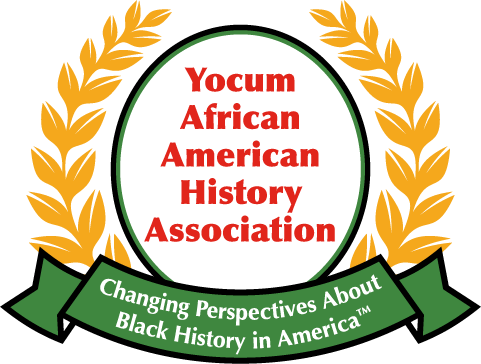Joan Southgate’s family gave her the tools to make a difference. From her early childhood years, when her family hosted visiting Black leaders Paul Robeson, W.E.B. Du Bois, George Schuyler, Ethel Waters, and Mary McLeod Bethune, Joan, although very young, benefited from the excitement of having these guests. At this time, many Blacks were not welcome in hotels or restaurants, and families like Joan’s often hosted dignitaries.
Joan grew up in Syracuse, New York, a city whose history was a hub of abolitionist activity. Her family and the city of Syracuse had a lot to do with her becoming a social worker and an activist, which led her to explore the historic collaboration of Blacks and Whites helping freedom seekers on the Underground Railroad.
In elementary school, she was the only Black in the classroom; her dimples and curls, like Shirley Temple’s, made her the cute little sister to all. Her family was creative and college-educated; her father was an artist, owned an art studio, and a creative mother who made clothes and shopped wisely at thrift stores. This close family lived in a white neighborhood where it made no difference to neighbors that they were Black. If a new kid moved into the neighborhood and used the “N” word, the other kids were quick to silence the perpetrator. These experiences formed Joan’s curiosity and later challenged her to do more.
This retired social worker and community organizer decided to walk the path of enslaved and conductor families to find the spirit of the Underground Railroad. Joan traced a path on the Underground Railroad and trained for fourteen months for the 519-mile journey that began in Ripley, Ohio, at 73. She found exceptional stories and made new friends along the way. Her remarkable journey led to the founding of Restore Cleveland Hope and the saving of the historic Cozad-Bates House in Cleveland, which is now the Underground Railroad Interpretive Center. Joan, now 95, maintains her active spirit and love for people and the causes she enjoys.

